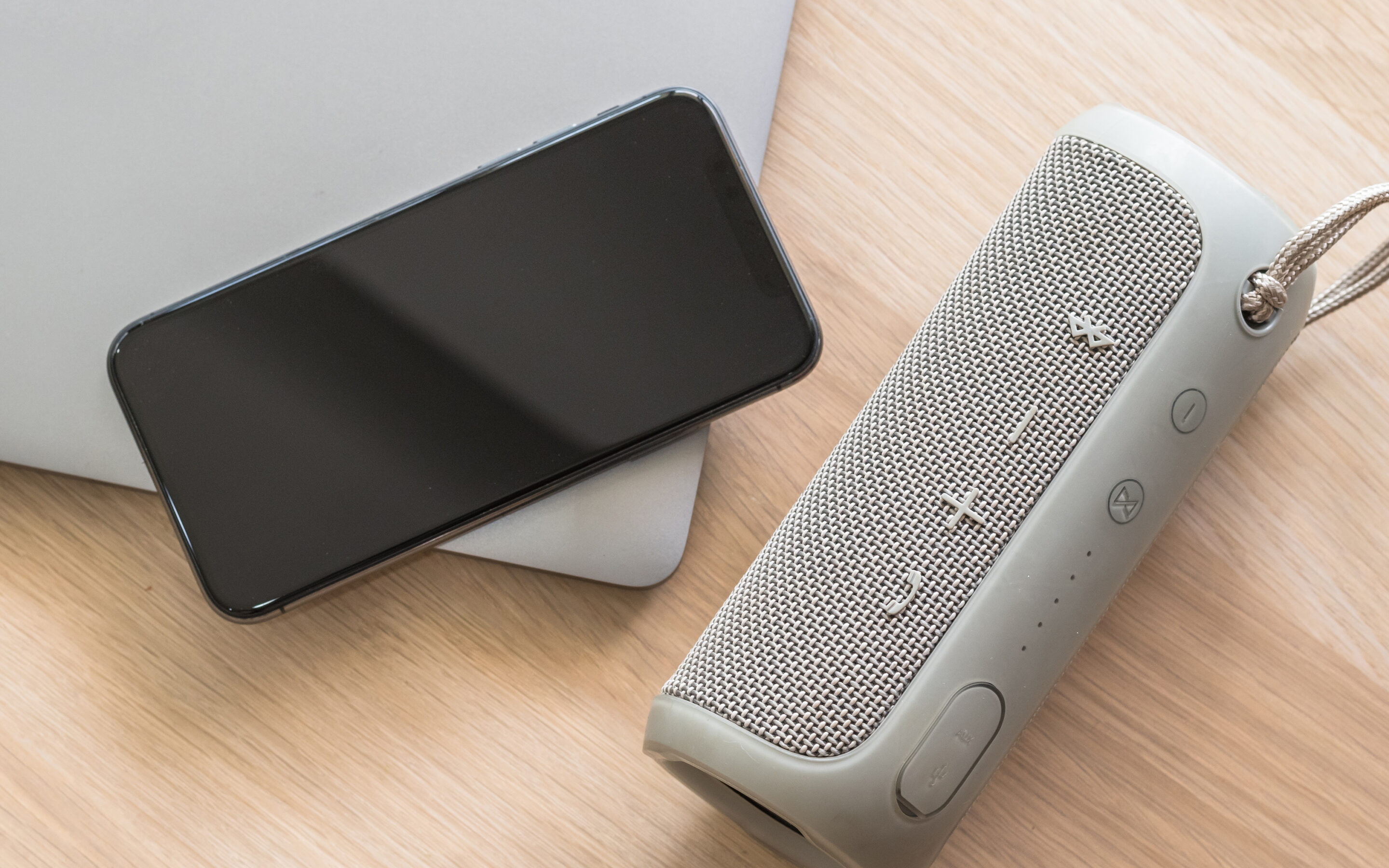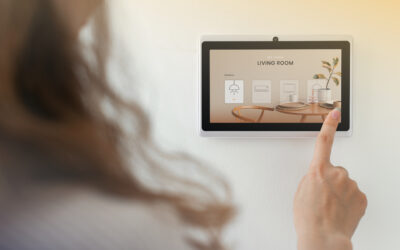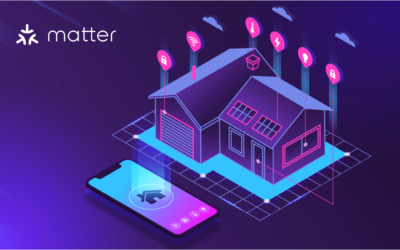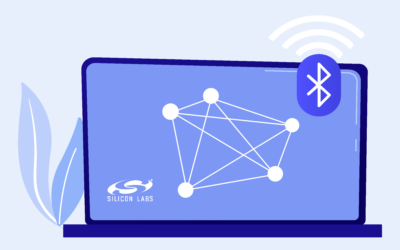Table of Content
- The Market / Trends
- Android / iOS & Bluetooth Low Energy
- TI’s Bluetooth Low Energy Platform
- Bluetooth SIG’s Developer Portal
- Conclusion
Bluetooth Low Energy, a.k.a Bluetooth Smart and/or Bluetooth 4.0, is bridging the gap between mobile devices and other kinds of embedded devices. This technology is bringing to life a new kind of smart wearables and mobile gadgets that communicate with each other, with smartphones and tablets near them, and have the potential to improve the quality of life at an unprecedented rate.
We can say that Bluetooth Low Energy (BLE), is a fairly new technology. Already supported on the latest iOS devices, it is very soon to be released in the next version of Android 4.3 (Already available to developers).
In a nutshell, BLE can provide a distance or range of 50 m (or 160 feet) and a data rate throughput of approximately 1 Mbit/s. It requires very, very low power (less than 15 mA) and it also provides an easier way to pair devices than Classic Bluetooth. The easy pairing and low power features are making Bluetooth Low Energy the de-facto standard for accessories of mobile devices including wearable technology.
Appcessories and Wearables Mobile apps that use BLE are starting to show in all areas such as healthcare and medical, consumer electronics, sports and fitness, home automation, entertainment, construction, roads, retail stores, and others. Few examples of new accessories and apps are currently in the market are smart watches, weather monitors, pedometers, heart rate monitors, thermometers, skin sensors for diagnosis, activity tracker, shoes, construction tools (such as levelers, sensors for reading the temp. of objects), home automation locks, planter pots, tennis and golf balls, tire air pressure gauges, remote controls, etc.
According to Suke Jawanda, Bluetooth SIG CMO, “hundreds of products were launched this year using Bluetooth Smart technology.“ But we are not only seeing gadgets, Bluetooth Low Energy is powering the “wearables” revolution as well. Wearables, or wearable technology, are clothing with tiny integrated computers performing a specific task. IMS Research predicts the wearables market will grow to over $6 billion by 2016. From wearable fashion (like Asher Levine’s line of trackable couture 2013 Fall collection) to augmented reality wearables (like Google Glass), we are also starting to see implantables, or in-body chips, that range from Sensortech Smart Insert devices to blood testing chips.
The Market / Trends
There are already millions of BLE devices in the world, and the number is growing. BLE enabled “appcessories” (accessory + companion app) are projected to experience massive growth – 220 million units this year to nearly 1 billion per year by 2016 (ABI Research). As already mentioned, Bluetooth Low Energy, being an open platform, with low power, low cost, small footprint, and high security, make it the standard for mobile devices ecosystem. According to IMS Research, the market for BLE accessories are expected to be the fastest growing mobile phone accessory market in the coming years.
Android / iOS & Bluetooth Low Energy
This year, July 24th, BLE support was released as part of Android 4.3. According to Google, more smartphones and tablets use Jelly Bean that any other Android version. Developers that already have experience with the Core Bluetooth Specification vs. 4.0 on iOS, will have a relatively easy time migrating existing Bluetooth Low Energy apps from iOS to Android since the BLE Specification make it very similar across mobile Operating Systems.
iOS devices that support BLE are the iPhone 4S, 5, 5C, and 5S, iPad 3rd Gen. and newer, iPad mini, iPod Touch 5th Gen. For Android, the BLE supported devices list is growing, currently we know of the Nexus 4, Nexus 7 (you will need the BLE Enabler tool to turn it on), Samsung S4, and HTC One. The Samsung Galaxy S4 and Samsung Galaxy S III are planned to get the latest Android 4.3 software update in October this year. This is the first and only version of Android that supports Bluetooth Low Energy. This means the recently launched Samsung’s Galaxy Gear smartwatch, will work with these mobile devices very soon, in addition to the Galaxy Note III devices.
TI’s Bluetooth Low Energy Platform
The TI’s SensorTag app for Android 4.3 makes Bluetooth Smart app development easy. The award-winning CC2541 based $25 SensorTag kit jump-starts the development of BLE apps on Android. The app is available at www.ti.com/sensortag-app-android. The CC2541 based SensorTag comes with six commonly used sensors on a single chip and can run for literally years on a single coin cell battery. The sensors it comes with are a gyroscope, accelerometer, humidity, pressure, IR temp. sensor, and magnetometer. When thinking about producing your own gadget, you can purchase just one CC2540/CC2541 BLE chip for as low as a couple dollars and the prices get better as the quantity increases.
Bluetooth SIG’s Developer Portal
The Bluetooth SIG’s Bluetooth Developer Portal is offering developers a head start with Android 4.3 by introducing the Bluetooth Application Accelerator. This tool provides developers with the source code to quickly develop native mobile apps for Android, iOS, Window 8, and Blackberry 10. You must register your company first, for free, with the Bluetooth SIG, before gaining access to the Bluetooth Application Accelerator.
Conclusion
This was a quick run down of what is going on in the world of Bluetooth Low Energy (BLE) as of September 2013. As you can see, the possibilities are truly endless when we combine the power of BLE with cheap, low power sensors, enhancing the experience of an already mobile-savvy population.
Sources












0 Comments